When asking “What Next?” of a first draft, remember grandfather, Peter Elbow’s maxim: Our first draft is often only half there. Revision is the opportunity to grow and discover the missing half––often the half that makes our work fully present, complete and publishable.
1. Leave your work to cool for a couple days when possible and find multiple ways to read aloud for your own ear and for friends and family. Have them ask questions. What would they like to know more about? What has not been explored yet? What is unclear or confusing? What comes to mind when they hear your piece?
2. Write a second version from memory, recasting the piece, looking for new expressions and details. Then combine the best of both versions.
3. Look at your verbs and dump the “it is’s”, looking for vivid verbs and detailed, specific nouns.
4. What have you not said yet? If there is a touchy or delicate topic to be explored, do it. You don’t have to use this writing in the final draft, but Nat Goldberg cautions us that what is difficult to write about is likely important, unique and interesting.
5. Watch for ways to include several of the five senses in telling detail: touch/smell/sound/sight/feel and maybe intuition.
6. Read lots and lots of poems in little magazines, anthologies bound and online, looking for unique approaches, words and ideas to explore. This wide reading helps you understand the poetry genre and often can supply a missing or pivotal word that can expand your work in progress.
7. Apply the Strunk and White maxim: Like a machine, a sentence should have not extra parts. Watch for wordy constructions that can be boiled down to lively speech-like prose.
8. What images are featured so far? In other words, What are the visual pictures you paint in the reader’s head. List these. What additional pictures might be powerful?
9. Do some “Peter Elbow Looping” where you freewrite around the topic of your poem to discover new ways of seeing––What are you “prejudices” on this topic? What are your first and second thoughts when this topic comes to mind? Invent a conversation between advocates pro and con on this topic.
Vary the audience: younger, older, workers, teachers, experts. List things that are almost true about your topic. Freewrite as if you were someone else writing on this topic. Like all freewriting, you don’t need to believe in “looping” for it to work, for it to expand your thinking and ideas. Be reckless in your freewritten exploration.
